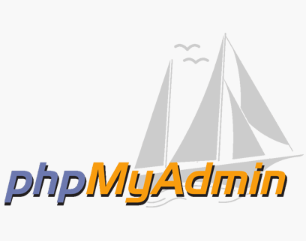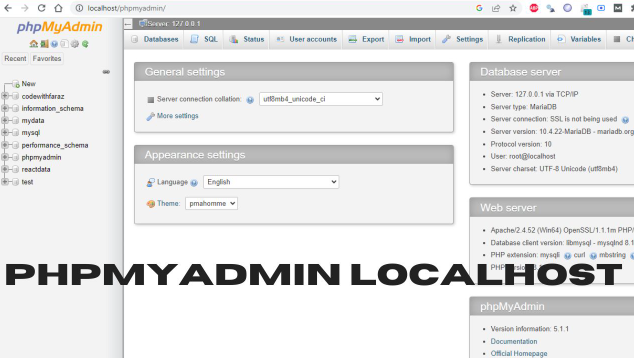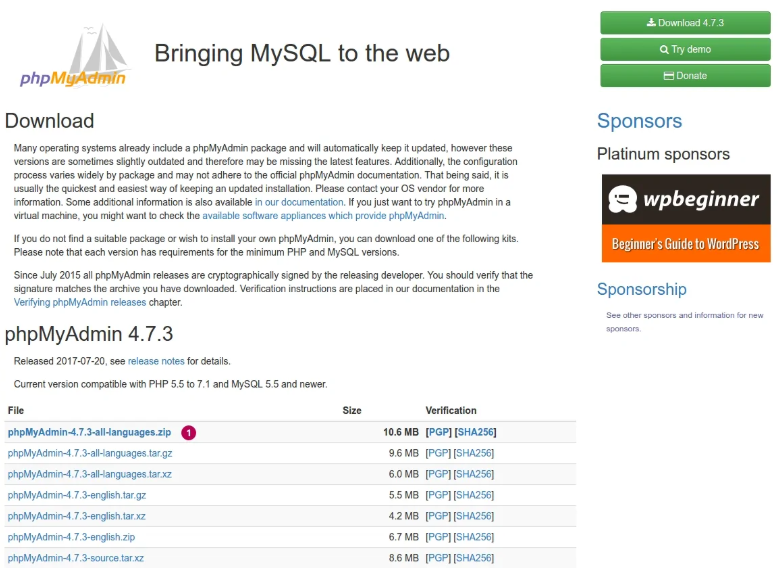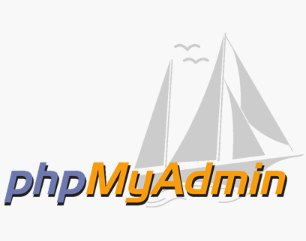Understanding localhost/phpmyadmin: A Complete Guide for Beginners

When you work with websites, one tool that you will often hear about is localhost/phpmyadmin. This is a web-based interface that allows you to manage databases on your local machine easily. It is most commonly used with MySQL or MariaDB, making it simple for developers, students, and even beginners to interact with databases without using complex command lines.
What is phpMyAdmin?
phpMyAdmin is an open-source software written in PHP. Its primary purpose is to handle the administration of MySQL over the web. You can perform almost every database task, such as creating tables, running queries, importing or exporting data, and managing users. It is widely included in software packages like XAMPP, WAMP, and MAMP for local web development.
By accessing localhost/phpmyadmin, you can open a graphical dashboard directly in your browser. This is very helpful for developers who want to test and build applications locally before moving them to a live server. You may also Like: Luna Display
How Does localhost/phpmyadmin Work?
When you install a local server like XAMPP, WAMP, or MAMP on your computer, it creates a simulation of a real web server environment. This includes Apache, PHP, and MySQL. The localhost part represents your computer, while /phpmyadmin is the path to the database management tool.
For example, typing http://localhost/phpmyadmin into your browser takes you to the interface where you can log in using the default MySQL credentials. This setup is simple and effective, making database management more user-friendly.
Why Do Developers Use localhost/phpmyadmin?
Developers prefer localhost/phpmyadmin because it makes working with databases easier. Instead of typing long MySQL commands, you get a visual interface.
Here are some key reasons why it is widely used:
User-friendly interface for managing databases.
Create, delete, and edit tables with just a few clicks.
Import and export SQL files to move databases.
Manage user accounts and permissions securely.
Run SQL queries in a safe environment.
This combination of simplicity and power makes it a must-have tool for anyone learning or working with PHP and MySQL.
Step-by-Step: How to Access localhost/phpmyadmin
To use localhost/phpmyadmin, you first need to install a local server package like XAMPP. Let’s go through the steps.

StepDescription
1. Download and install XAMPP or WAMP on your computer.
2. Log in using the default username (root) and no password.
3. Open your browser and type http://localhost/phpmyadmin.
4. Start the Apache and MySQL modules from the control panel.
5.You are now inside phpMyAdmin and can manage your databases.
This process is very straightforward, and within minutes, you can start building and testing databases locally.
Everyday Tasks You Can Do in phpMyAdmin
One of the most significant advantages of phpMyAdmin is that it allows beginners to perform advanced tasks without confusion.
For example:
>You can create a new database by simply clicking “New” and naming it.
>You can add tables with columns, data types, and primary keys.
>You can export a database to an SQL file, which can later be uploaded to a live server.
>You can also import data easily when migrating a project.
All these functions make local testing smooth and professional.
Benefits of Using localhost/phpMyAdmin
Working with localhost/phpmyadmin provides several benefits compared to directly writing SQL commands.
BenefitExplanation:
Easy to Use The interface is simple, even for beginners.
Error Reduction:
Visual tools reduce the chance of mistakes.
The Learning Tool is Great for students practicing databases.
Time-Saving Tasks are done in minutes without typing long queries.
Secure Environment Localhost setup ensures private and safe testing.
By using phpMyAdmin locally, you get the same experience as managing a real database server, but in a safe offline environment.
Security Concerns with localhost/phpmyadmi n
Even though localhost/phpmyadmin is useful, you must also be aware of security risks. By default, it does not have a password for the root user, which can make your system vulnerable if exposed online.
To make it safer:
Always set a strong password for your MySQL root user.
Do not expose localhost/phpmyadmin to the public internet.
Use a firewall or VPN if you must connect remotely.
Taking these precautions ensures that your local setup remains safe while you learn and test.
localhost/phpmyadmin vs Command Line
Some people prefer using the MySQL command line. Let’s compare both approaches.
Feature phpMyAdmin Command Line
Ease of Use: Effortless with GUI, requires knowledge of commands
Speed Fast for simple tasks , Faster for advanced queries
Learning Curve : Beginner-friendly Steeper learning curve
Import/Export is Simple with a few clicks. Requires typing commands
Best For Beginners and quick tasks , Advanced developers
As you can see, phpMyAdmin is the better option for beginners, while professionals may still prefer the command line for performance.

Best Practices for Beginners
If you are starting with localhost/phpmyadmin, follow these practices to make the most of it:
* Always create backups before making changes.
* Try to learn SQL basics while using phpMyAdmin.
* Use the search feature to find tables quickly.
Keep your XAMPP or WAMP updated for better security.
By following these tips, you can avoid mistakes and build your confidence in database management.
Conclusion:
Localhost/phpmyadmin is a user-friendly application that simplifies the process of handling databases in a secure and easy manner. This tool saves time and minimizes errors whether you are learning PHP development or making projects for clients. Its user-friendlyuser-friendly interface is ideal for testing databases in the a local environment before migrating to the a live server.
As a tool used extensively in XAMPP, WAMP, and MAMP packages, phpMyAdmin will be a required component in the 2025 developer. After learning it, you should be able to handle both local and live databases.

